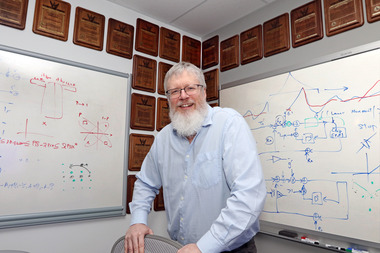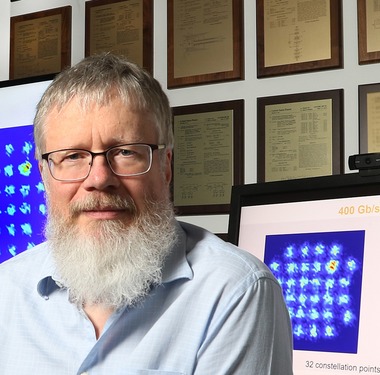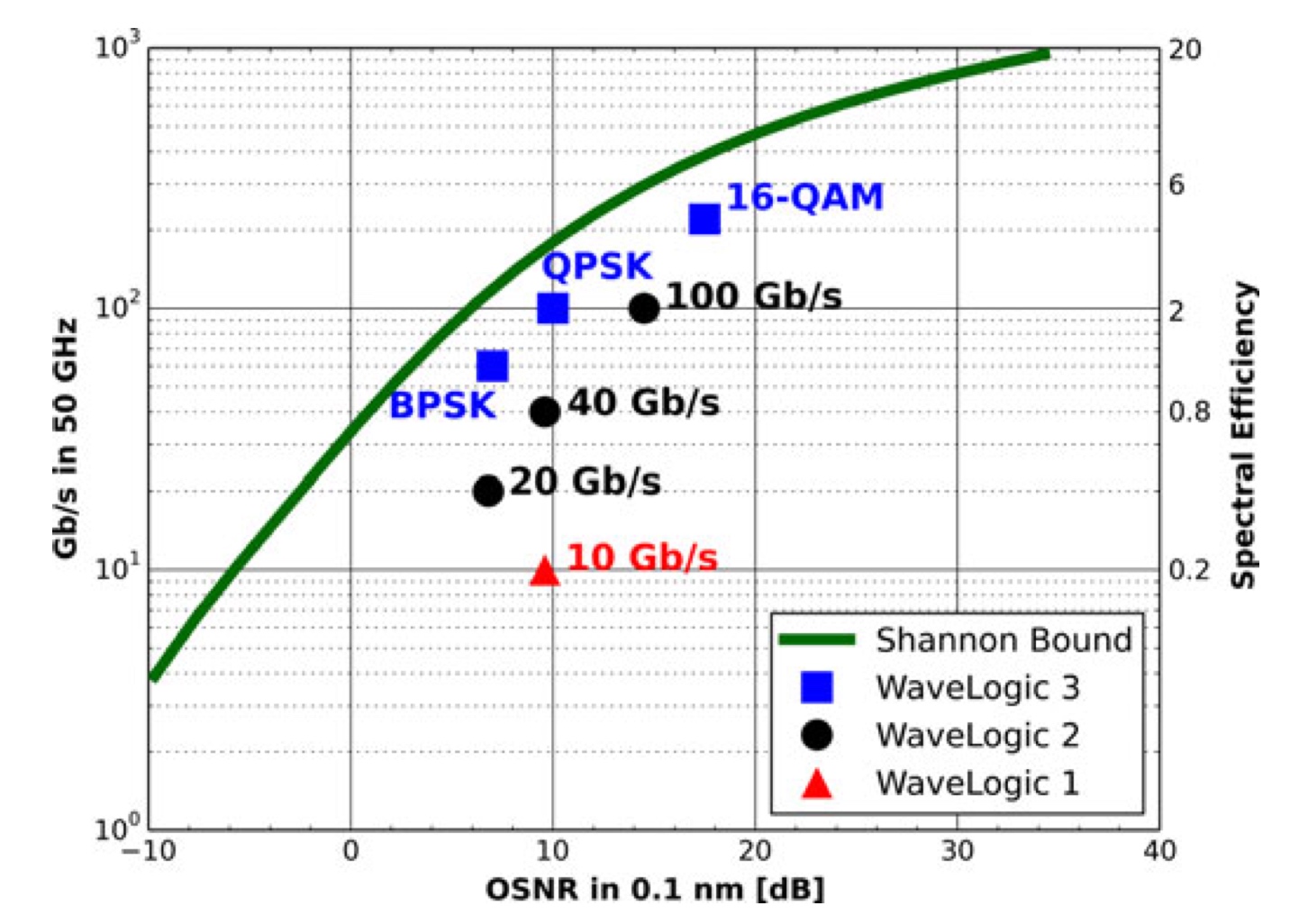How DSP smarts continue to improve optical transport
 Thursday, April 13, 2023 at 12:44PM
Thursday, April 13, 2023 at 12:44PM - Kim Roberts explains the signal processing techniques Ciena is using for its WaveLogic 6 coherent DSP.
- Roberts explains how the techniques squeeze, on average, a 15 per cent improvement in spectral efficiency.
- The WaveLogic 6 Extreme chip can execute 1,600 trillion (1.6 x 1015) operations per second and uses the equivalent of 4km of on-chip copper interconnect.
Part 2: WaveLogic 6's digital signal processing toolkit
 Kim Roberts, Ciena’s vice president of WaveLogic Science and winner of the 2019 John Tyndall Award
Kim Roberts, Ciena’s vice president of WaveLogic Science and winner of the 2019 John Tyndall Award
Bumping into Kim Roberts on the way to the conference centre at OFC, held in San Diego in March, I told him how, on the Ciena briefing about its latest WaveLogic 6 coherent digital signal processor (DSP), there had been insufficient time to dive deeply into the signal processing techniques used.
“What are you doing now?” said Roberts.
“I’m off to the plenary session to catch the keynotes.”
Chatting some more, I realised I was turning down a golden opportunity to sit down with a leading DSP and coherent modem architect.
“Is that offer still open?” I asked.
He nodded.
We grabbed a table at a nearby cafe and started what would prove to be an hour-long conversation.






